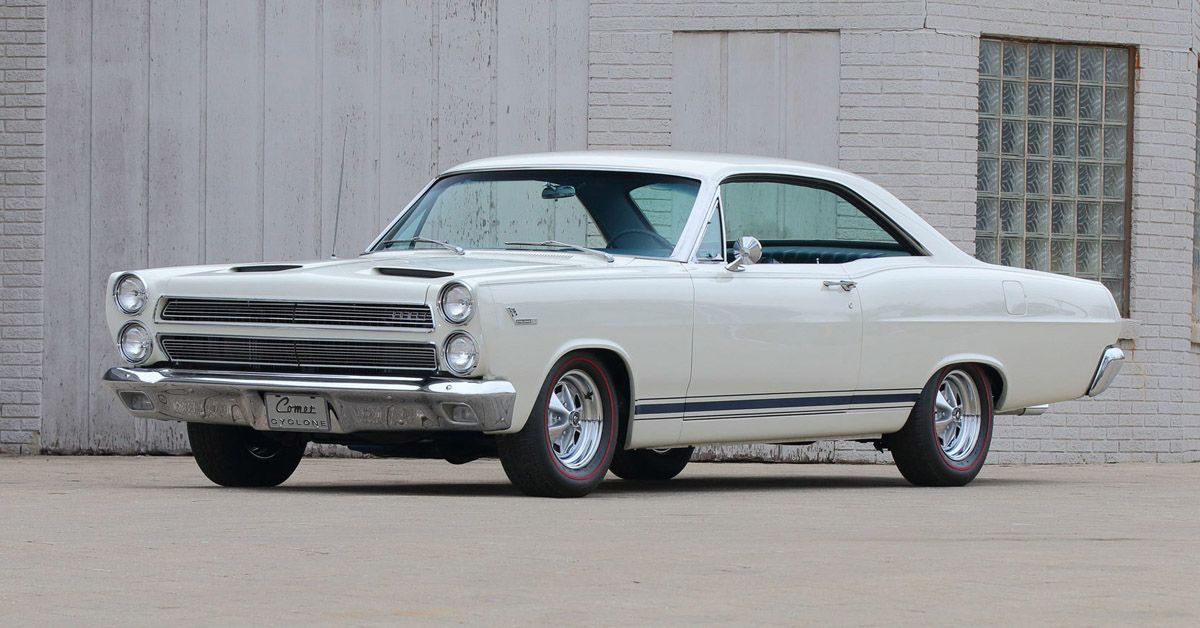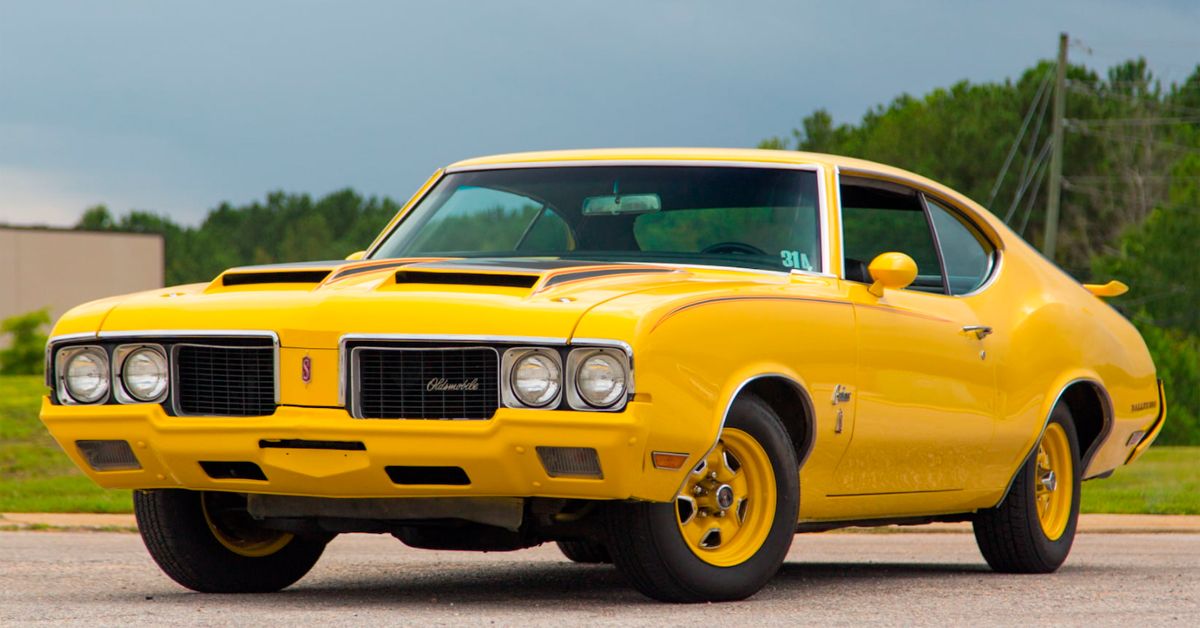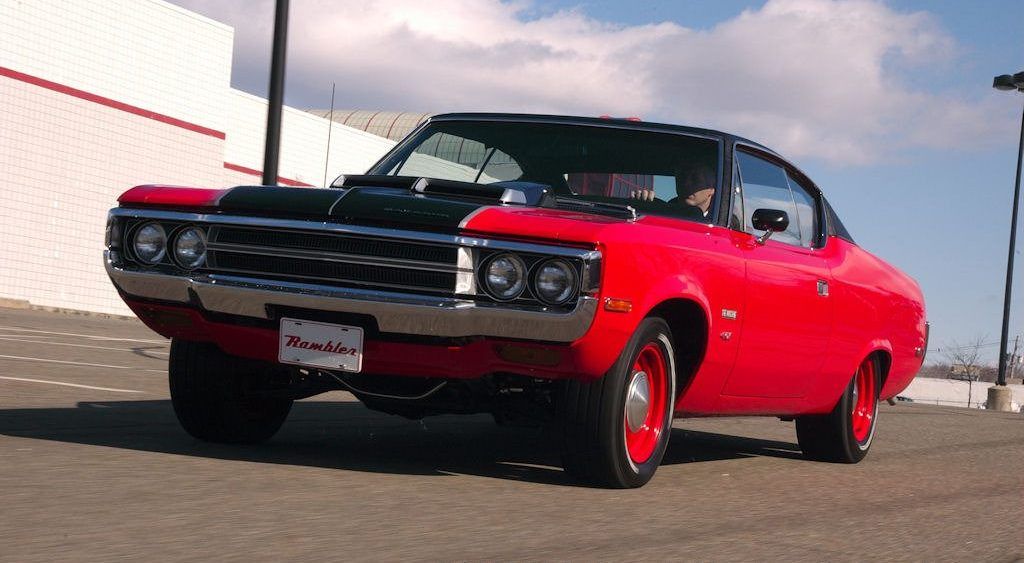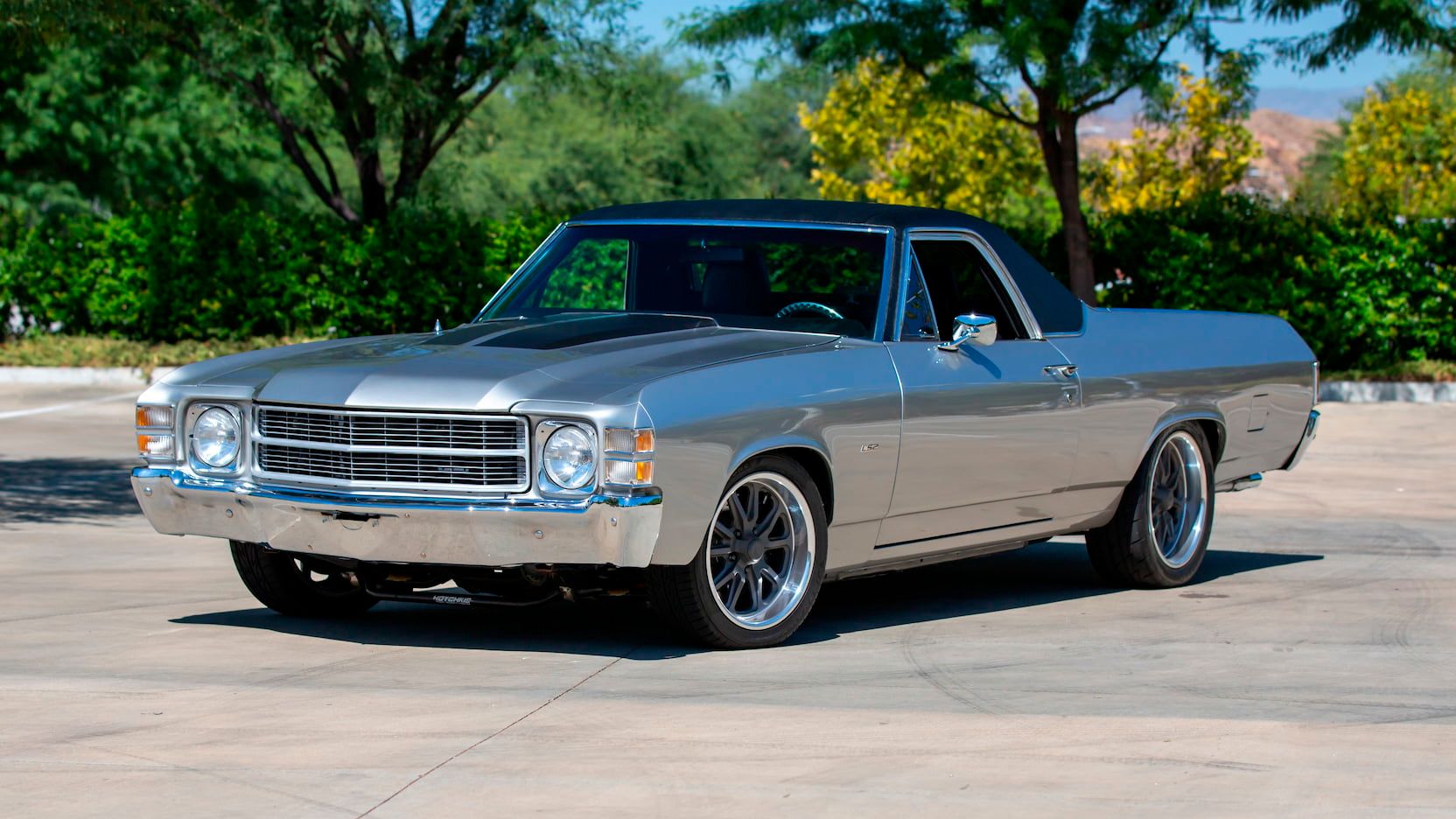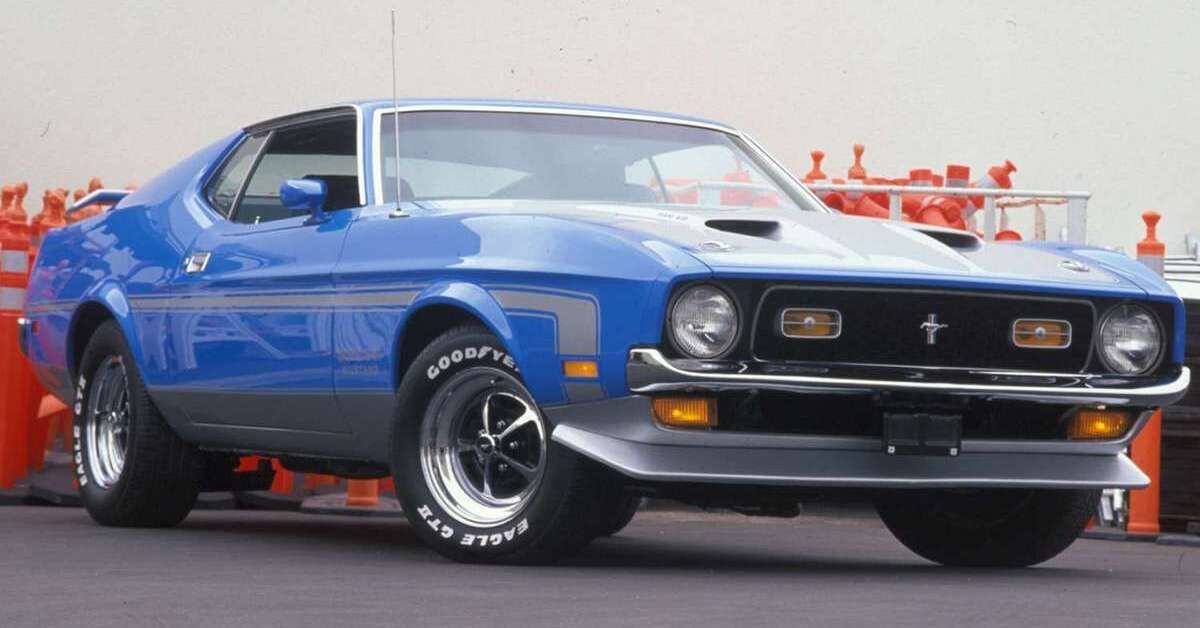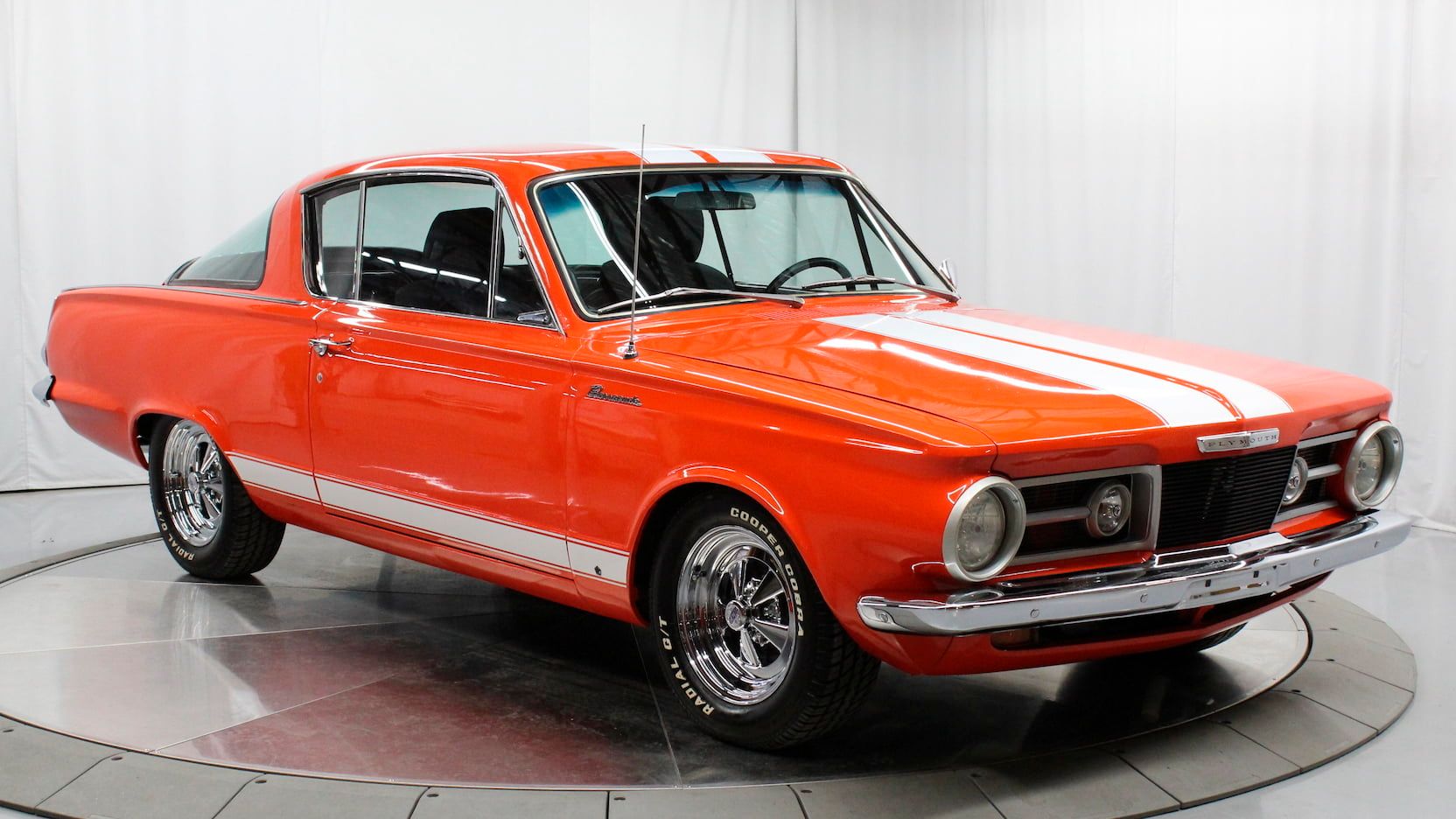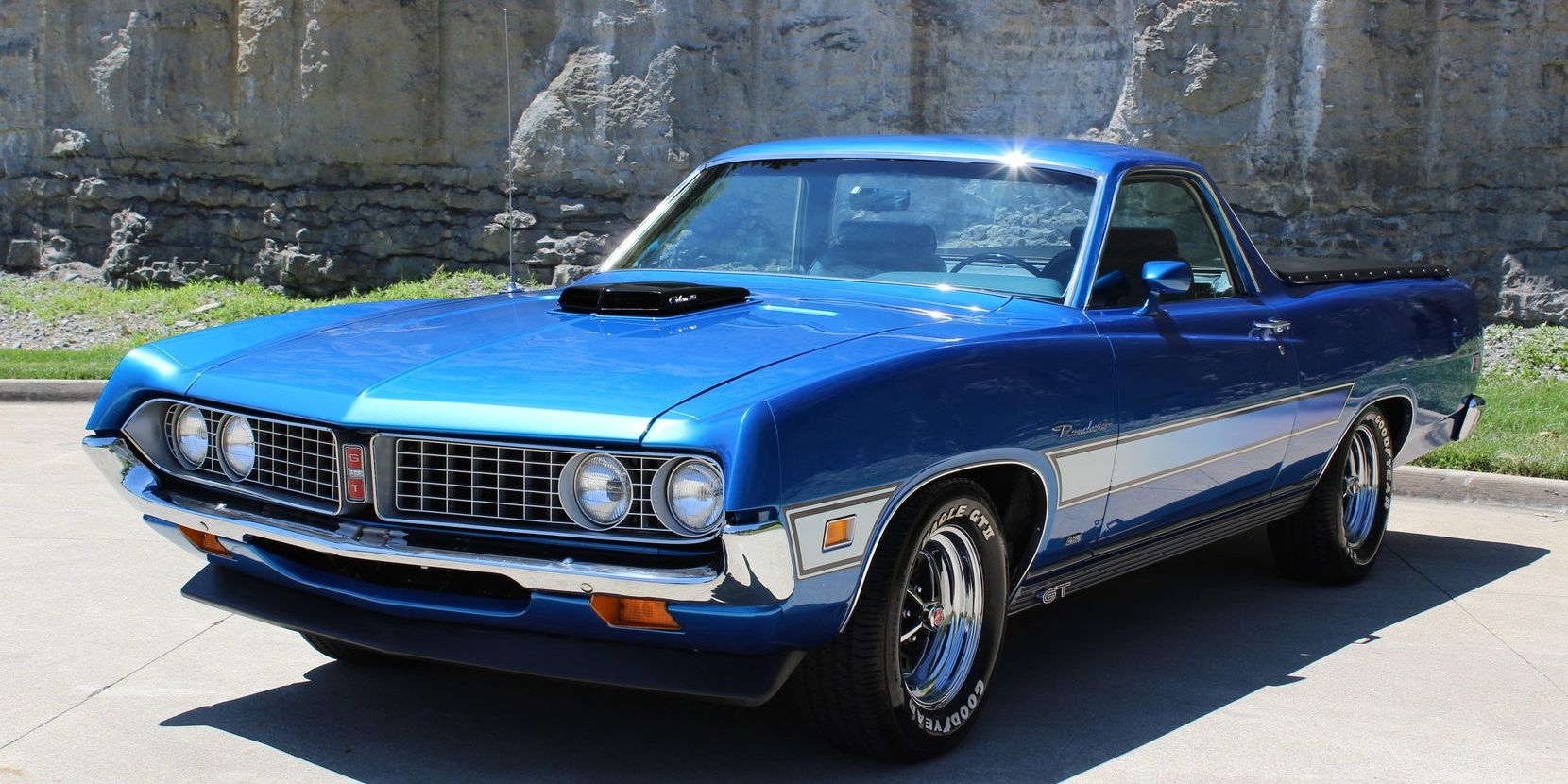10 Underrated Muscle Cars That Were Actually Awesome

10 Underrated Muscle Cars That Were Actually Awesome
10. 1966 Mercury Comet Cyclone GT
Because it was based on the more well-known 1966 Ford Fairlane, this mid-sized monster could look recognisable to Ford fans.Nearly all of the mechanical parts and most of the body panels of the long-forgotten Comet were shared with the Fairlane. What therefore made the Comet unique?
The Comet stands out from the competition thanks to a 340 horsepower and 427 lb-ft of torque 390 cubic inch V8. The 0-60 mph time is swift, taking only 6.1 seconds. The Comet Cyclone GT was chosen as the pace vehicle for the 1966 Indianapolis 500 due to its exceptional performance and striking appearance. It is unfortunate that Ford lovers underestimate this perfect example of American muscle.
9.1971 Dodge Demon 340
The fire-breathing 2018 Dodge Challenger with 800 horsepower comes to mind when a car enthusiast thinks of the Dodge Demon, but that’s not the vehicle we’re discussing here. This Dodge Demon, an underappreciated Mopar, is a perfect example of a traditional American muscle car.
The more well-known Plymouth Duster and Dodge Dart, which were also based on the small A-Body platform, share components with the 1971 Dodge Demon. With 235 horsepower, a 1971 Dodge Demon 340 accelerates from 0 to 60 mph in under 6.1 seconds. The Dodge Dart Demon 340 is one of the most sought-after classic Mopars due to its low production number of under 20,000.
8.1970 Pontiac T-37
What is a gearhead to do when the Pontiac GTO, one of the most recognisable muscle cars ever produced, often commands an asking price in the six-figure range? The ideal option is the 1970 Pontiac T-37, which offers consumers performance on a budget.
This cheap cruiser was powered by a 255 horsepower Pontiac 350 cubic-inch V8 (not to be confused with the classic small-block Chevy V8). It takes 7.6 seconds to accelerate from 0 to 60 miles per hour. The T-37’s pricing is really what makes it so shocking; according to Hagerty, immaculate examples only go for $20,000 on the open market.
7.1970 Oldsmobile Rallye 350
The top-of-the-line Oldsmobile 442 W30, which sells for $133,000 now, is one of the most sought-after GM muscle cars, much like its Pontiac GTO sibling. In order to fill the gap between the base model F-85 Cutlass and the 442 W30, Oldsmobile borrowed a strategy from Pontiac and created a low-cost muscle vehicle.
The 350 Rallye, with its large twin scoops, paint-matched bumpers, rally-style wheels, and GTO-like spoilers, was the solution. The Rallye accelerates from 0 to 60 mph in under 6.8 seconds thanks to an Oldsmobile 350 V8 with 310 horsepower. It’s unfortunate that gearheads don’t value this underappreciated and largely ignored Oldsmobile muscle car.
6.1971 AMC Matador “Go Machine”
In 1971, the Machine package was relocated from the Rebel and put on the brand-new AMC Matador. The AMC Matador Go Machine is at least as good as, if not better than, the AMC Rebel Machine, one of the iconic vehicles of the muscle car period.
The Matador accelerates to 60 mph in only 6 seconds thanks to a big 401 cubic-inch V8 that produces 330 horsepower and a stump tugging 430 lb-ft of torque. There are just about 60 confirmed to exist, so good luck obtaining this underappreciated AMC powerhouse.
5.1971 GMC Sprint SP
No, what you’re seeing is a GMC Sprint SP, not a Chevrolet El Camino 454 SS. Only the badging and paint options were different between the Sprint and its Chevrolet brother in terms of body panels and mechanical parts.
The LS5 454 V8 with 365 horsepower was part of the SP package, which added some significant performance. Since the Sprint was evaluated as a truck, there are no specifications for 0-60 mph, but we predict it to be in the middle of the 6-second range.
4.1971 Pontiac Ventura
You’ve probably heard of the Chevrolet Nova SS, a small muscle vehicle that competed with the Ford Maverick and Plymouth Duster, but what about the Pontiac Ventura? In true GM style, Pontiac wire-copied a Nova and gave it the name Ventura.
The Pontiac 350 V8 and three-speed automatic transmission were standard on the Ventura. The Ventura could reach 60 mph in 9.2 seconds with this combination, which was respectable for the time. What’s best? They are considerably less expensive than a Chevrolet Nova.
3.1971 Ford Mustang Boss 351
The 351 also received the Boss treatment. The Boss 302 and Boss 429 NASCAR homologation specials for road course racing are typically associated with the Mustang Boss nameplate. Ford decided to install the rare small-block V8 in the 1971 Mustang, which had just undergone repairs.
The Boss 351 is one of the most underrated small-block V8s ever made. The 351’s astounding 330 horsepower allows the 1971 Ford Mustang to reach 60 mph in less than 5.7 seconds! Compared to many modern muscle cars, that is favourable.
2.1964 Plymouth Barracuda
The 1964 Plymouth Barracuda, a neglected icon typically eclipsed by its second and third generation descendants, is the actual first pony car. The 1964 1/2 Ford Mustang is frequently mistakenly cited as being the first pony car.
The Barracuda moves swiftly thanks to a 4 speed Hurst shifter and a 273 cubic inch V8. It accelerates from 0 to 60 mph in under 8.8 seconds, which is quick for the beginning of the muscle car era.
1.1971 Ford Ranchero GT
Due to the Chevrolet El Camino’s dominance, the Ford Ranchero is one of the most overlooked and underappreciated examples of the classic muscle car. From the cab forward, the Ranchero is essentially a Ford Torino, and the two vehicles share a drivetrain. A Ford Torino ancestor means incredible performance.
Again, no 0-60 mph tests from the time period are available because the Torino is essentially a truck. However, we can confidently predict a 0-60 mph time in the middle of the 6-second range if it is powered by the 370 horsepower 429 CJ V8! This estimate is based on a Torino GT that was constructed identically.

